
Sign up for Imani’s newsletter, Unsettled Territory, here.
For more than a century, readers have been fascinated by the American South, a place where the dialects remain distinct, raconteurs abound (I’ve never met a southerner who can’t tell at least one good story), and American music is rooted. Their interest is rewarded by the many books written over the decades about traveling to, or through, the region. Though its tone and scope have changed over time, that genre consistently focuses on the particularity of the area: its cultural beauty, its idiosyncrasies, the poverty of many of its people, and the cruelty of its racial regime.
My most recent book, South to America: A Journey Below the Mason-Dixon to Understand the Soul of a Nation, a hybrid work mixing history, travelogue, creative nonfiction, and personal discovery, is part of this tradition. I invite readers to reconsider the South along with me, and to confront its centrality in the building and being of the United States. Any honest rendering of who we are as a nation requires us to understand how much of our national abundance has depended on southern land and labor, and how many of our tastes and pleasures have depended on southern folk.
Because I am not the first to move through this history, place, and genre, the following list includes some of the titles that most affected me and shaped my writing. These authors employed various forms: fiction, scholarship, history, and poetry. Some found their voice while going to or departing from the South. I cherish these works as models because they are not simply depictions of the landscape or those who live there, but artistic and philosophical explorations as well. They each push the boundaries of literature, using the vivacity of southern culture as both context and inspiration.
[Read: In the Black South, you’re always considered]
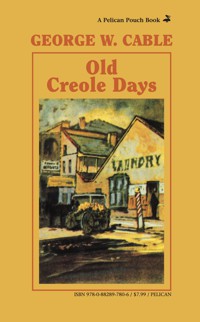
Old Creole Days, by George Washington Cable
Cable was a writer, a social critic, and a New Orleans native. In his work, including this 1879 debut collection of stories, he walks readers through the streets of New Orleans, unspooling the city’s history and culture. After he took a strong position against Jim Crow, notably in the 1885 essay “The Freedman’s Case in Equity,” Cable was forced to leave home and became an exile in Massachusetts. But he continued to write about Louisiana for the next three decades, paying particular notice to the intimate cultural connections among African, Indigenous, and European people despite the restrictions of segregation. Old Creole Days, written while he was still in Louisiana, hums with loving observations about Cable’s home. For the rest of his career, he would masterfully blend his careful and respectful attention to the South, even from afar, with probing social critique.
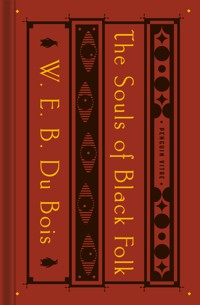
The Souls of Black Folk, by W. E. B. Du Bois
Du Bois’s classic 1903 essay collection remains arguably the single most influential text in African American studies. Du Bois was a renaissance intellectual and a “race man”—an early-20th-century term of art for one who dedicated his extraordinary gifts to the cause of racial justice. Du Bois spent decades studying inequality while advocating for colonized and racially subjugated people. Born in Massachusetts, he first made his way south in adulthood when he attended Fisk University, in Nashville. The Souls of Black Folk, his work of appeal on behalf of Black Americans living under the long shadow of a Jim Crow society, is a multi-genre text that draws on music, economics, labor analysis, social history, and pedagogy. In particular, his chapters on Atlanta and Georgia’s Black Belt are remarkable for their accounts of the differences between the urban and rural South, as is his critical assessment of how land and commerce are integral to the American construction of races.
[Chad Williams: Du Bois gave voice to pain and promise]
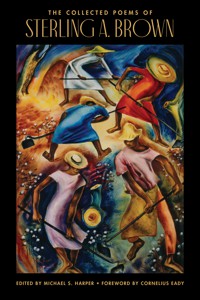
Southern Road, by Sterling A. Brown
Brown, a celebrated blues poet, was a professor at Howard University for 40 years, where he taught literary figures such as Toni Morrison, Amiri Baraka, and Stokely Carmichael (before he was known as Kwame Ture). In this 1932 collection, the “southern roads” that lead him across states and into creative, resilient rural communities become fodder for his poems about folk characters and stories. Through Southern Road, Brown argued that southern culture was in fact still vibrant, despite claims from many of his peers that it was on its last legs. Careful listening and learning allowed Brown to praise the vitality, voice, and imagination of working people.
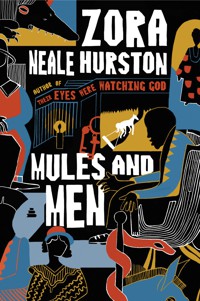
Mules and Men, by Zora Neale Hurston
Educated at Howard and Columbia, Hurston was an anthropologist and one of the nation’s most influential chroniclers of Black southern and Caribbean culture, as well as an extraordinary writer of fiction. Hurston was born in Alabama and came of age in the incorporated Black town of Eatonville, Florida. Her 1935 ethnographic collection, Mules and Men, is a written compilation of the African American folklore of that town, neighboring Polk County, Florida, and New Orleans. Despite her positioning, Hurston was no imperial scholar. Instead, she appears in the book as a participant observer who speaks the language of her subjects and places herself in the action—in one instance, she becomes a contestant in a toe pageant—to captivating effect. Hurston’s methodological irreverence, combined with her diligent research methods, leaves us with an important documentation of Black folkways.
[Read: Zora Neale Hurston teaches Angela Flournoy how to write]
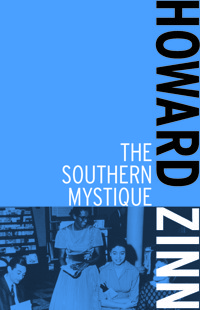
The Southern Mystique, by Howard Zinn
Before he was known as the leftist social historian behind A People’s History of the United States, Howard Zinn, a Jewish man from Brooklyn, wrote a book describing his experiences working as an activist in the Student Nonviolent Coordinating Committee during the civil-rights era. He details the complex social relationships that existed across the color line, while simultaneously rejecting the idea that racism was a uniquely southern affliction. Instead, he writes, when it came to race, the differences between North and South were of degree rather than kind. Zinn’s book reveals that even someone who might have been considered an “outside agitator” could make astute observations about life below the Mason-Dixon.
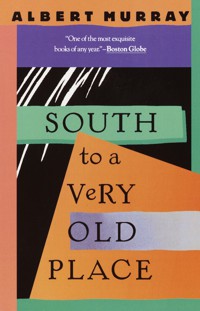
South to a Very Old Place, by Albert Murray
A close friend of influential artists such as Romare Bearden and Ralph Ellison, Murray was a groundbreaking music critic and novelist in his own right who experimented with form and style. Born in Alabama, Murray settled in Harlem in 1962. For South to a Very Old Place, however, he returned home, traveling to multiple southern cities and towns. He noted that though the civil-rights movement had changed the South in some ways, many of its traditional rituals, sensibilities, and habits were sustained: The color line remained, but so did intimacy across its border. While Hurston, among others, consistently traced the connections among Black cultures throughout the diaspora to their roots in West Africa, Murray made the case that the United States was deeply influenced by Black people and that Black Americans were fundamentally American. Much of the text takes issue with the cultural nationalism associated with the Black Power movement; he also rejects the designation African American. Though our politics aren’t aligned, Murray’s crotchety, insightful arguments directly inspired my own title and framing. I, too, moved about the South, grappling with my own relationship to the place and finding exceptional beauty and imagination—notwithstanding all the wounds.
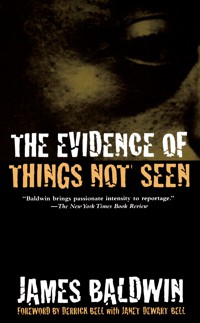
The Evidence of Things Not Seen, James Baldwin
This book chronicles one of James Baldwin’s literary and literal forays into the South. In 1972, with the publication of No Name in the Street, Baldwin depicted his travels to cities such as Birmingham and Washington, D.C., as a sort of pilgrimage to his homeland while it was in social upheaval; fear and inspiration met him there. More than a decade later, he went to Georgia to report on the Atlanta child murders of 1979–81. Echoing Du Bois some 82 years earlier, he found a unique city, distinguished by its striving and stratification. In the text, a multipart essay, Baldwin despairs over the unfinished business of the civil-rights movement. He encounters a city devastated by the murders of Black children and maps the shifting grounds of Black experience at a time after the laws opening up doors had been passed, but economic and social barriers to equality remained.
[Read: James Baldwin was right all along]

A Turn in the South, by V. S. Naipaul
In the late 1980s, Naipaul turned his gaze away from his native Trinidad and ancestral India to the American South. He was not known for sensitivity to the politics of race in the Caribbean, or for an appreciation of Black diasporic cultures—Naipaul could be cutting in his assessments of the politics and economy of the Caribbean while also keeping himself at a distance as an Indo-Trinidadian. But his willingness to listen attentively to southerners, Black and white, and to trace a sense of belonging connected to land, ritual, and narrative, leads to a fascinating portrait of a place that he doesn’t know. He notes, for example, the resonances in language and musicality that the region shares with his own nation. He exposes how white southerners embraced the Confederacy and how some African Americans preferred the more honest racism of the South to the covert but no less intense racial animus of the North. And, crucially, he grasps why, for African Americans, a brutal setting could also be called “down home.”
When you buy a book using a link on this page, we receive a commission. Thank you for supporting The Atlantic.







